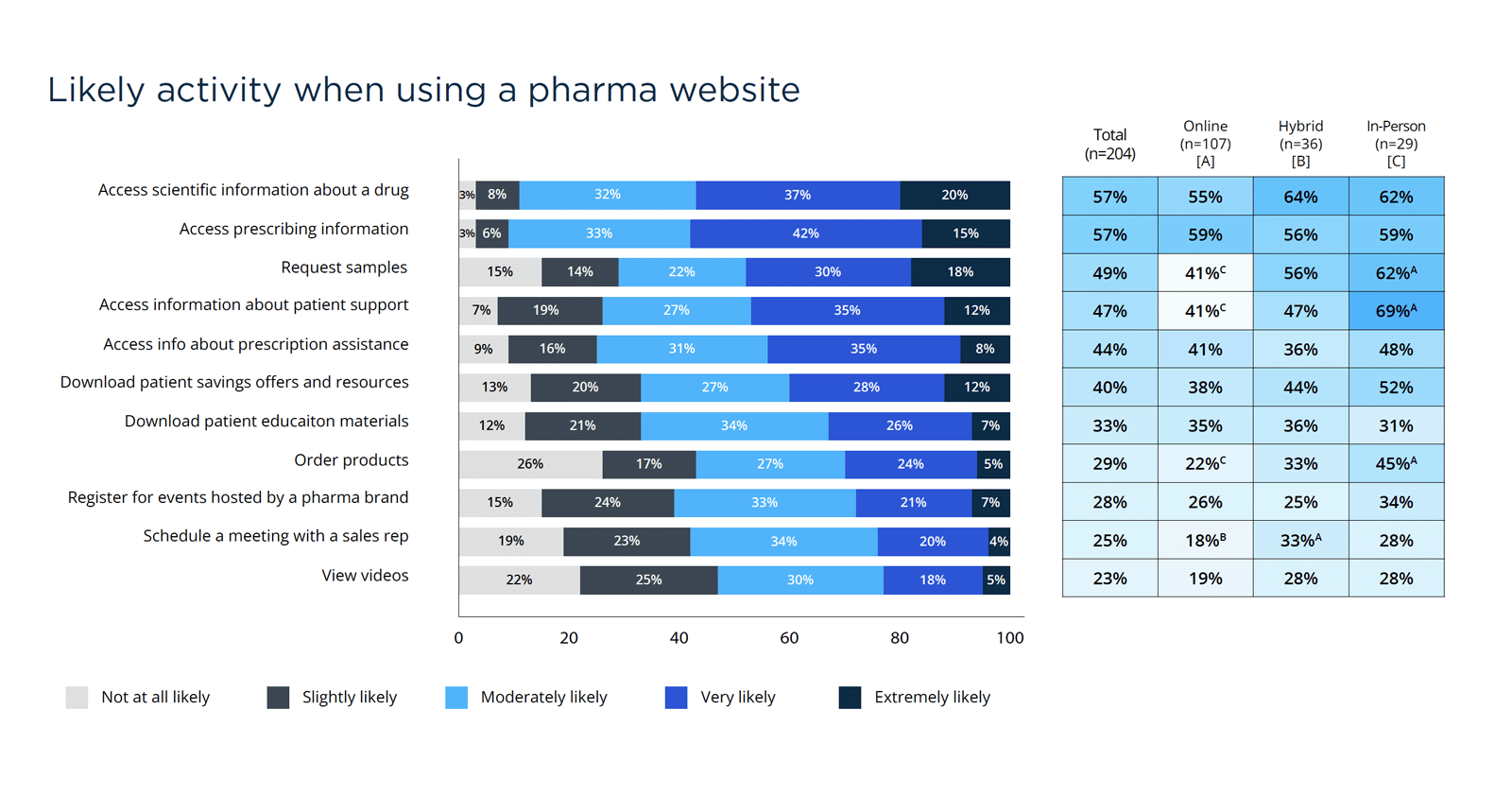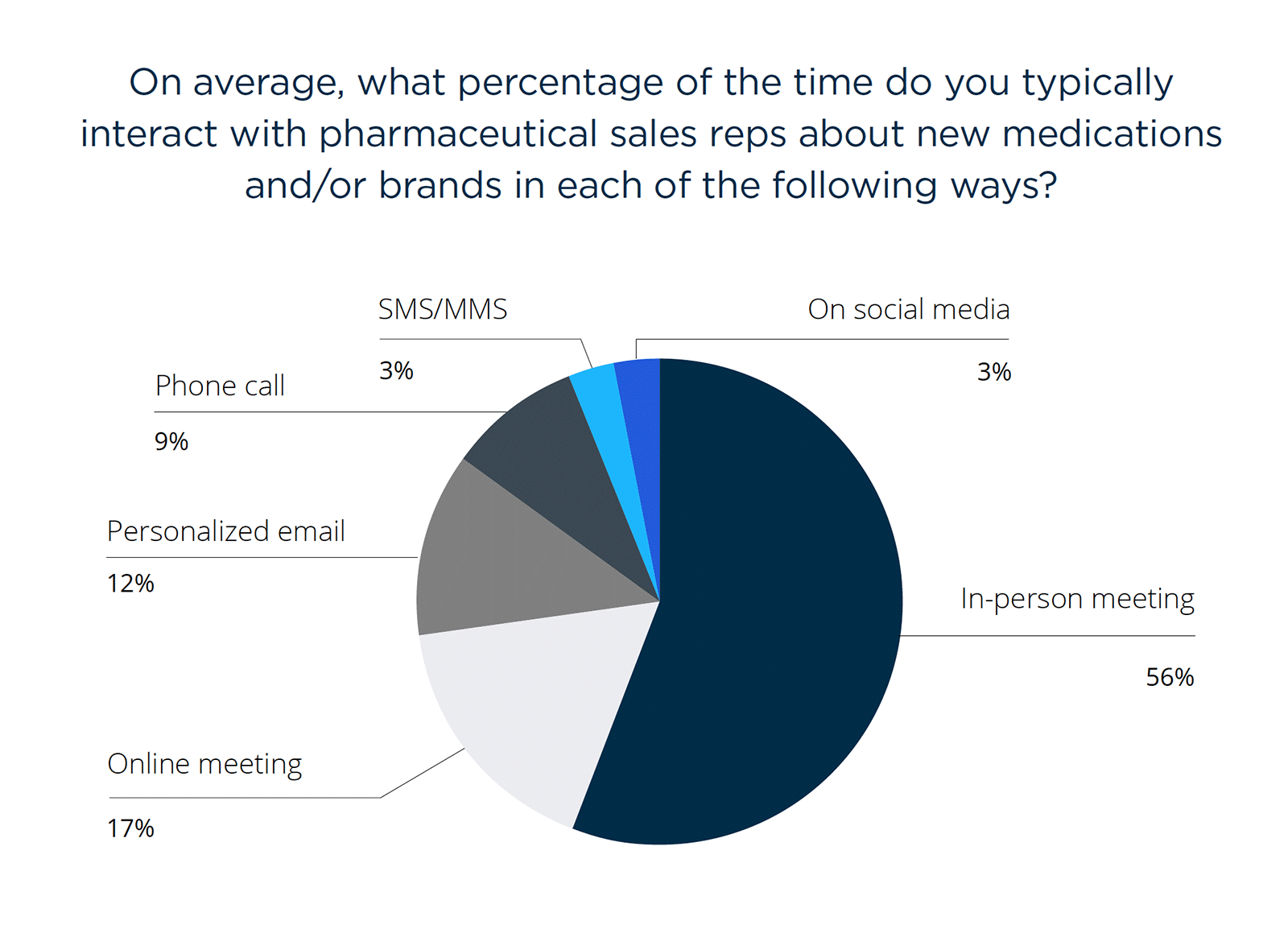Using a CDP to Deliver Connected Healthcare Provider Experiences
Last updated August 19, 2022
The race to capture the attention of healthcare providers (HCPs) when bringing a new drug to market is filled with complex challenges. Pharmaceutical companies must ensure they’re maximizing impact—and their investments—in a limited period of time.
Pharma brands can use data to help inform and inspire deeper connections with healthcare providers, while improving the effectiveness of their sales and marketing initiatives.
“The goal of pharma outreach is to deliver a connected provider experience,” Michelle Teuscher, Industry Principal, Treasure Data, said. “It’s about pulling in engagement data from all different sources and figuring out how to organize and process this data to extract the insights that allow for more meaningful, personalized experiences.” Connecting customer data from across the organization starts by having the right technology in place. A customer data platform (CDP) serves as the foundation for your data strategy, with the ability to ingest, analyze, and unify data from multiple sources.
Improving the Connected HCP Experience
Here are five ways pharmaceutical companies can use a CDP to help improve data management, and empower commercial teams to take engagement to the next level.
1. Connect data from across the organization for a complete view of the provider journey
According to a 2022 Treasure Data survey of healthcare providers across the United States, 84 percent of HCPs now prefer to learn about new drugs and medications through both face-to-face meetings with sales reps, and independent research.
New digital channels and more sophisticated digital tools are an opportunity for pharma companies to connect with providers in new ways. However, different sources of customer data are often stored in respective platforms across the Sales, Customer Service, and Marketing teams. In turn, insights get lost in between silos, making it difficult for organizations to understand the provider journey across an increasingly complex series of touch points which are often defined by a provider’s unique preferences.
A centralized data management platform allows for a single customer view across the entire provider journey, while also enabling backend teams to implement proper governance to ensure data is protected and delivered to the right teams, at the right time.
2. Define audiences with precision
Healthcare provider needs are specific, with a narrow lens focused on finding the right medications for their specific patient population. Our research found that 70 percent of HCPs currently do not believe that the marketing outreach they receive from pharma brands is personalized to their needs, and 41 percent say that more relevant information would improve interactions with pharma marketers.
“HCPs are human too, and their time is precious, so they will not engage with content that does not apply directly to them and their patients,” Thomas Kurian, head of new markets, Treasure Data, said. “They know the content is out there so it is pharma’s job to deliver it.
”With a single view of the customer, pharma marketers can help create a connected HCP experience, by becoming more precise when defining audience segments. This enables them to tailor outreach, build campaigns, or suppress certain groups, so that providers are only receiving the information that’s most relevant to them.
“The efficiencies that you can drive in are quite transformative,” Teuscher said. “Once you have your data, and you’re campaigning, you can suppress certain populations, or certain audiences, that you don’t want to target at this point, which is a financial savings. You can also manage and consolidate repeat profiles in your systems, so that you’re not engaging them more than once.There are really a few different use cases and avenues that can drive real outcomes.”
3. Grow first-party data strategy
Healthcare providers are increasingly turning to pharma brand websites to access information, order samples, and learn more about patient costs and benefits.

(Source: The New Healthcare Provider Journey, Treasure Data, 2022)
Pharma brands can use data gathered from these first-party interactions to make strategic investments in improving website capabilities, on-site personalization, and self-service tools like provider portals, online commerce, or customer service chatbot experiences.
“Relationships between sales reps and HCPs are as important as they ever have been,” Teuscher said. “But there’s also an emphasis on real-time engagement and self service tools. HCPs want to be empowered to search for information at a time that’s right for them, or on a channel that’s right for them, in a way that they can control and dictate.”
“With digital engagement, you have the ability to develop direct relationships with providers on owned channels. When that data is properly applied, modeled and analyzed for insights, you can create that deeper understanding and a more meaningful customer journey,” she added.
4. Empower sales reps with personalized data
Interacting with sales representatives remains one of the most important parts of the healthcare provider journey. But how sales reps deliver value is changing—and efficiency is key when considering cost, speed, and ROI.
Like the marketing they receive, HCPs expect sales reps to have a real understanding of needs, preferences, and prior interactions. HCPs are now also interacting with sales reps across multiple channels beyond face-to-face meetings, including, SMS, email, and increasingly through virtual meetings.

(Source: The New Healthcare Provider Journey, Treasure Data, 2022)
By tapping into current and historical engagement data from both online and offline sources, sales reps can quickly develop a more contextualized approach to in-person meetings, and improve the quality of content and information they deliver, for a fully connected HCP experience.
5. Deliver next-best action recommendations for proactive insights
Remaining relevant is not just about the type of information delivered, but also, when it’s delivered. CDPs equipped with AI-powered predictive analytics capabilities can analyze provider behavior and recommend the next-best action marketers, sales reps and customer service professionals can take to help guide providers along their journey. This ultimately improves the quality of interactions, while making teams more efficient.
“The number one complaint about commercial teams, according to studies of HCPs, is that they don’t add much value in the digital world because the information is readily available online or on the brand’s website,” Kurian said. “Available time with HCPs is getting shorter and shorter, so having data, analytics, and very crisp next-best suggestions driving the engagement is helpful to commercial teams.”
A Trusted Foundation for Data
Meeting HCPs where they are will continue to play a pivotal role in how pharma companies execute their sales and marketing strategies. With a CDP serving as the trusted foundation for data, pharma companies can make the connections that matter, when they matter most.
